During my life drawing practice, I became curious about the rise and fall of the muscles around the lips, so I organized the related structures and how to draw them.
By understanding the “structural anchor points” of the mouth, you can make the lips appear natural, three-dimensional, and expressive.
Why is it recommended to understand the structure of the mouth?
- The mouth is one of the core parts of facial expression and changes shape with emotions.
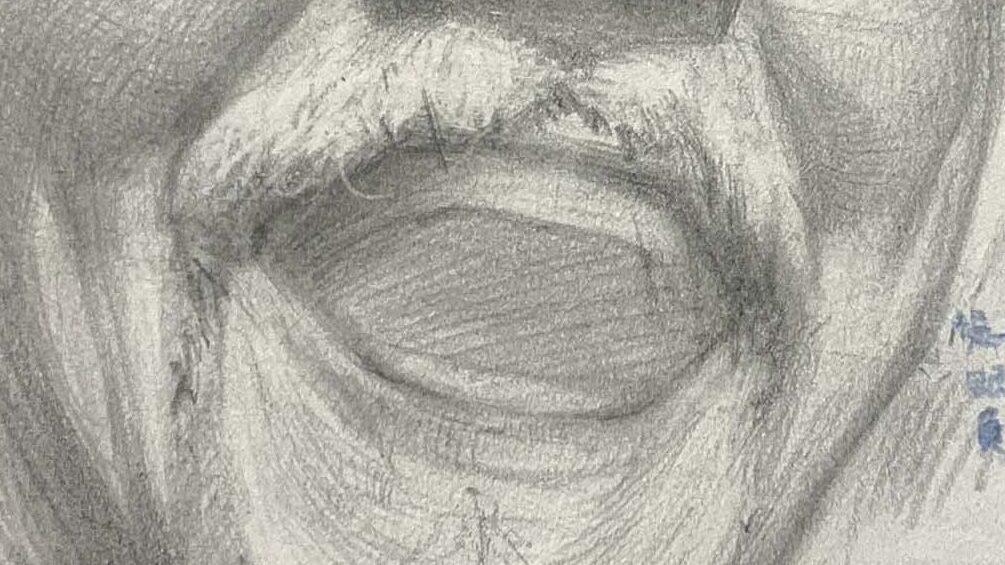
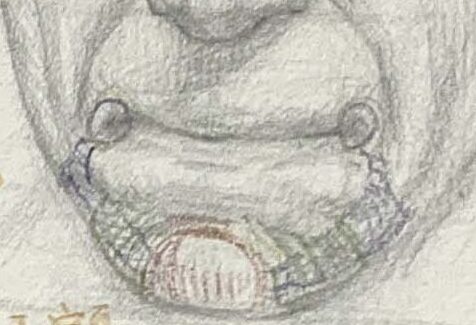
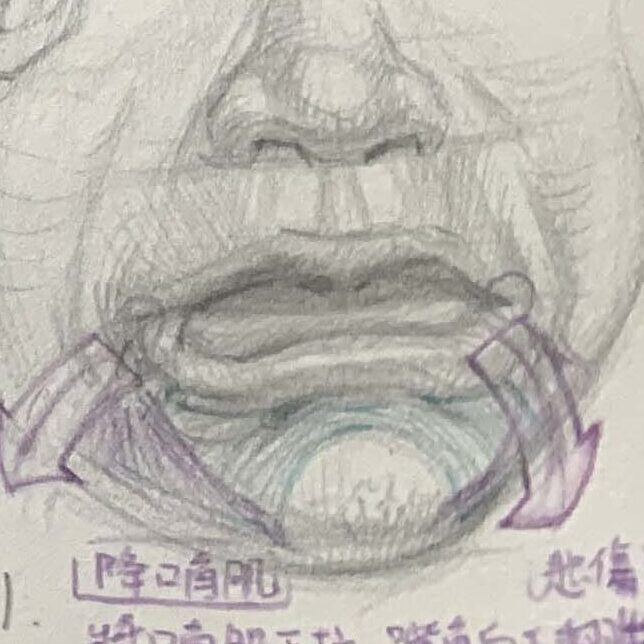
- The lips themselves are composed of three-dimensional segments, not just thin outlines.
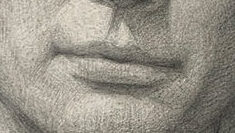
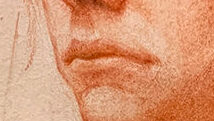
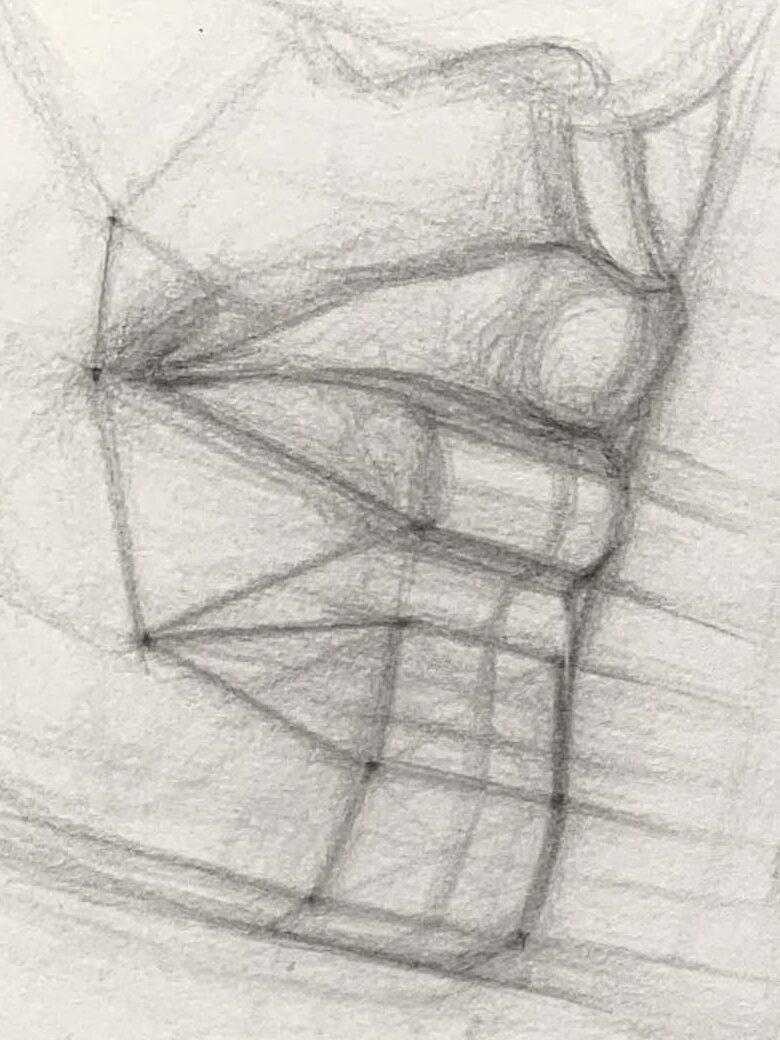
- By understanding the structural anchor points, you can handle light, shadow, and proportion more accurately.
Main divisions of the mouth
Upper lip body
Includes the tubercle (center point), lip mounds (small arches on both sides), and peaks (high points along the upper edge).
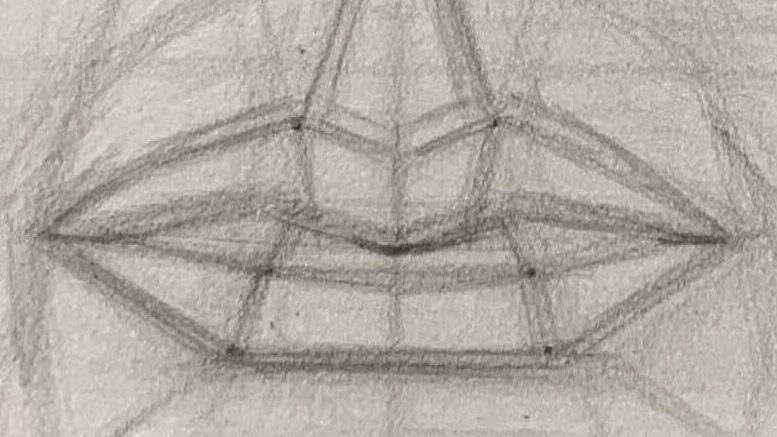
- Anatomically: the main thickness of the upper red lip area.
- Range: from the vermilion border downward → to the lip cleft.
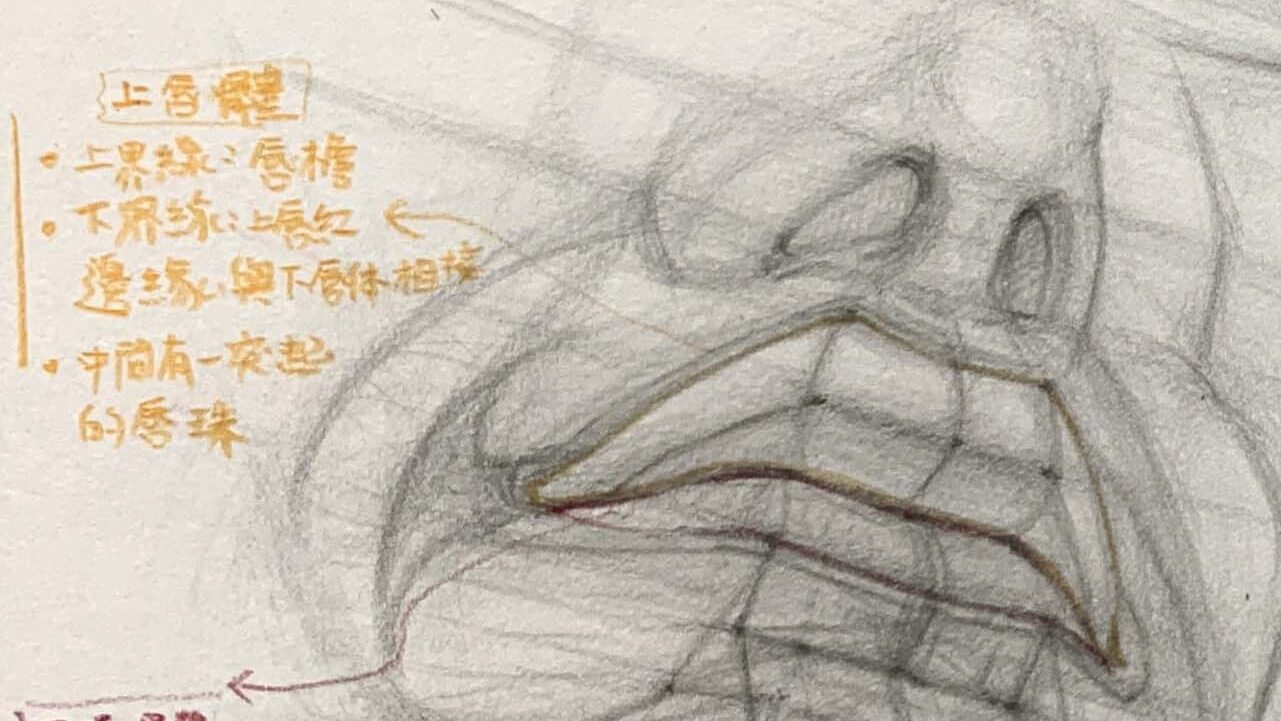
- Function of the upper lip body: determines the volume and curvature of the upper lip.
- Located in the main area of the upper red lip.
- Upper boundary: the vermilion border, connecting the upper lip to the philtrum arch.
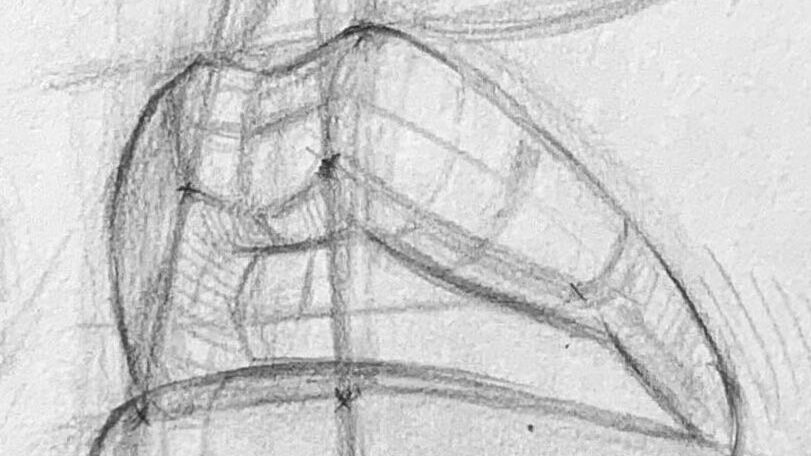
Vermilion border
- Anatomically: a small raised ridge between the “facial skin” and the “red lip.”
- Function: a dividing line that makes the lips stand out three-dimensionally from the face.
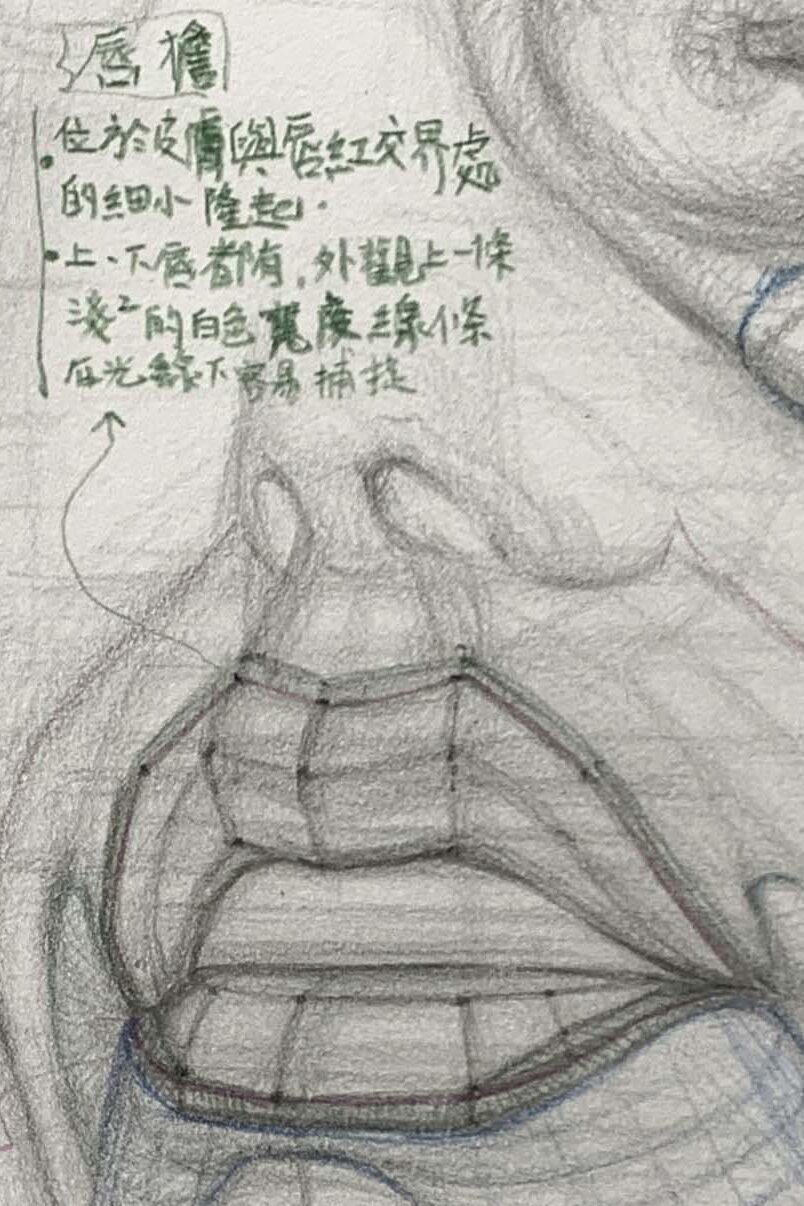
Lip edge
- The “bright white edge” where the skin and red lip meet, running around both the upper and lower lips, including the peaks, tubercle, and both corners.
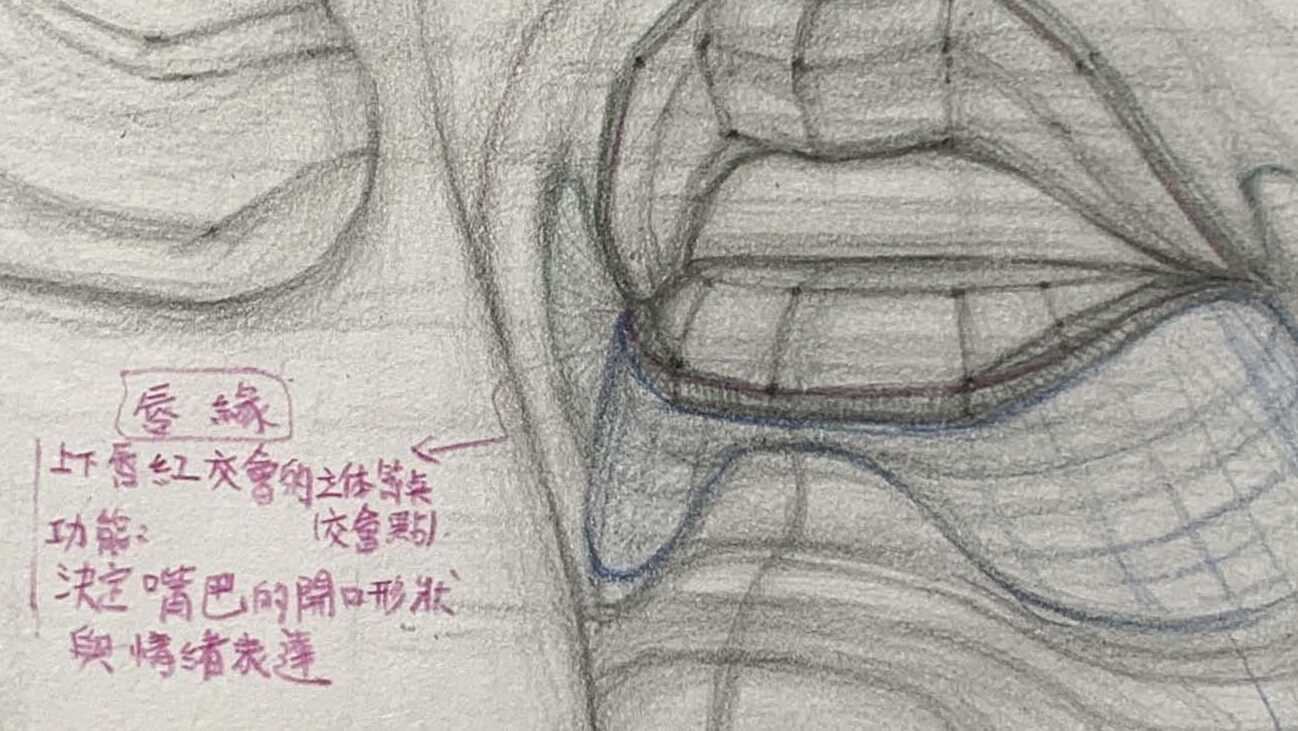
- Lower boundary: the lower edge of the upper red lip, connecting with the lower lip body.
- Center: features a raised tubercle.
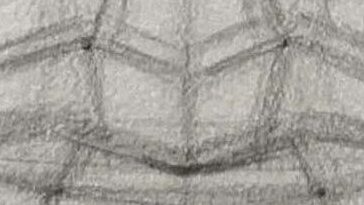
It can be understood as “the main body of the upper red lip’s thickness.”
Lower lip body
Thickest and most projected at the center, tapering toward the corners.
Fuller compared to the upper lip, though varying among individuals; generally smoother and rounder, with the most prominent point directly below the upper tubercle.
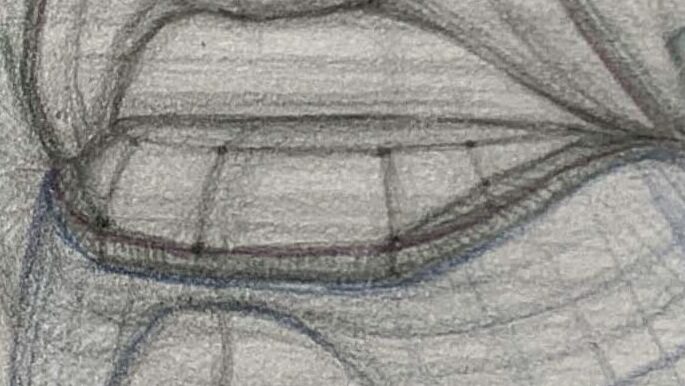
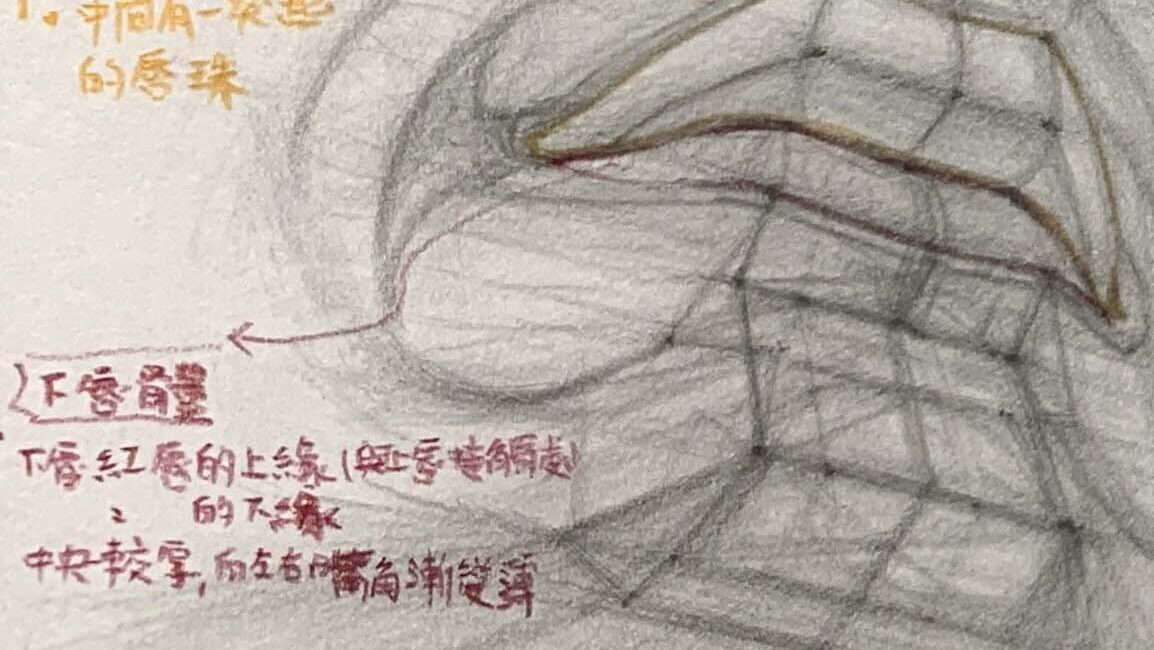
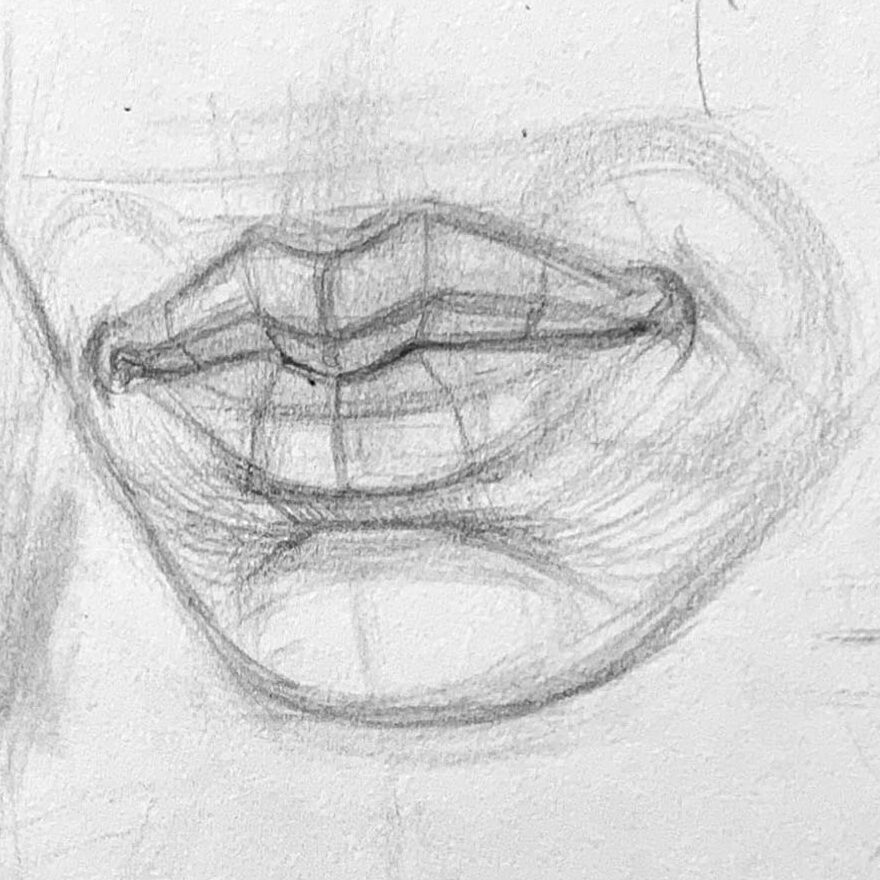
Mouth corner
The turning point where the lips converge, often showing dark tones and folds.
- Function: determines the length of the mouth opening and the direction of expression.
- Definition: the point where the red edges of the upper and lower lips meet — what we commonly call the “mouth corner.”
- Appearance: visible surface location on the face.
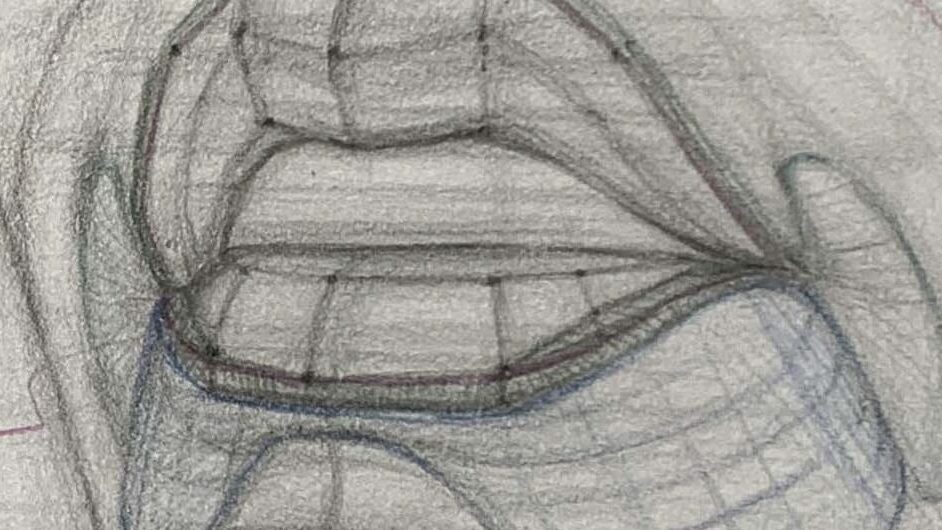
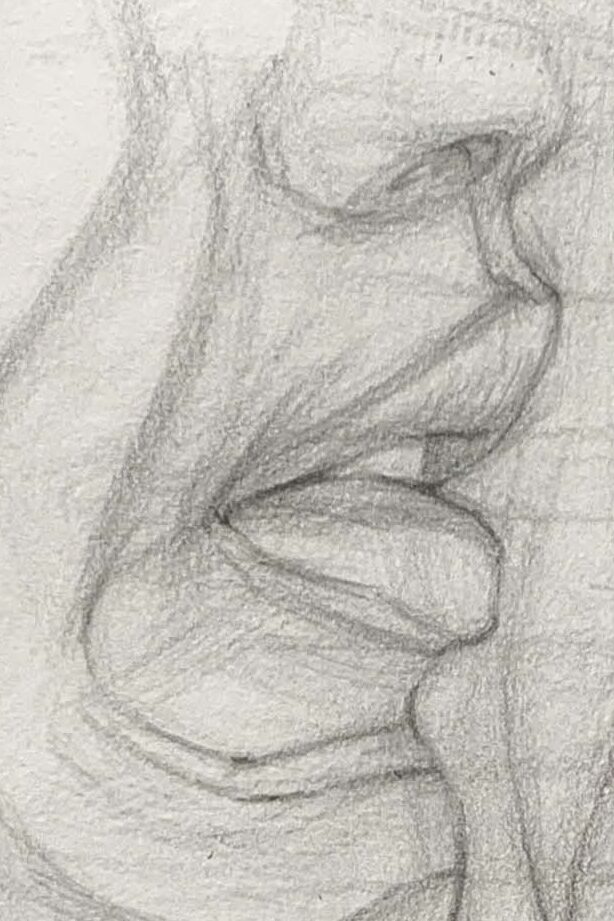
Philtrum area
The skin between the base of the nose and the upper red lip, affecting the shape of the upper lip arch.
Anatomical location
- Located below the columella, extending to the center of the upper red lip.
- Its left and right boundaries are formed by two philtral ridges.
Philtral ridges: two slightly raised lines extending downward from below the columella.
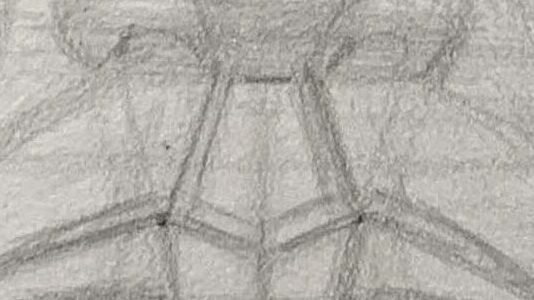
- Between them lies the philtral depression.
- The lower end terminates at the central tubercle of the upper lip.
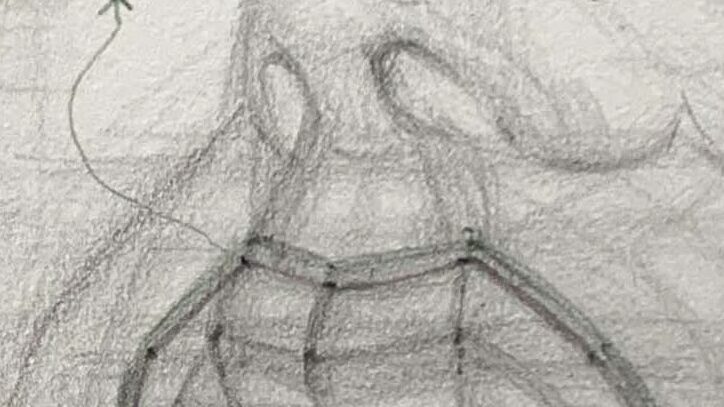
Labiomental groove.
The shadow dividing the lower lip and the chin.
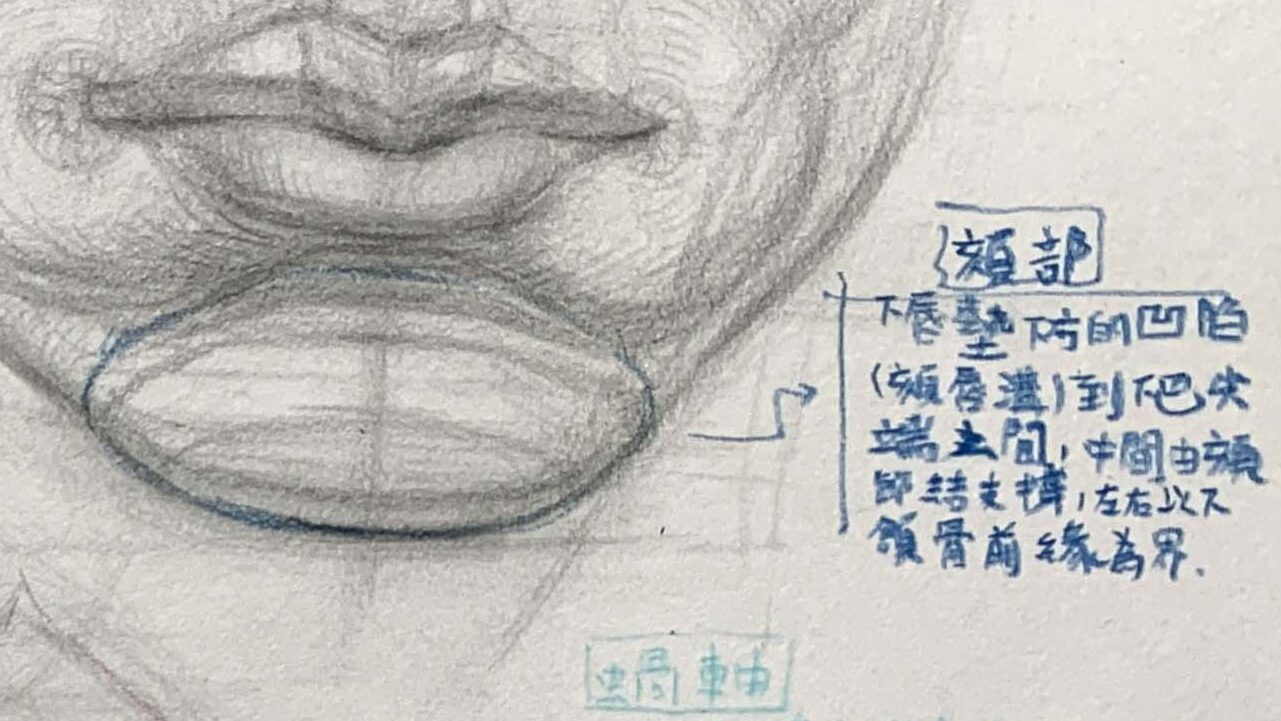
“Anchor points” of the mouth structure
The key to three-dimensional lips lies not in outlining but in understanding the following anchor points:
Tubercle
The small projected surface at the center of the upper lip — the brightest highlight.
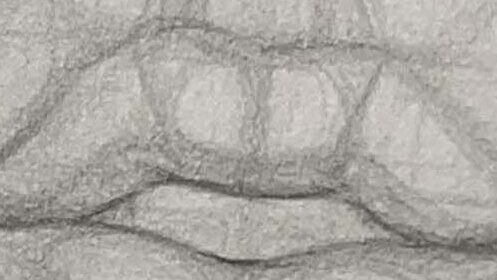
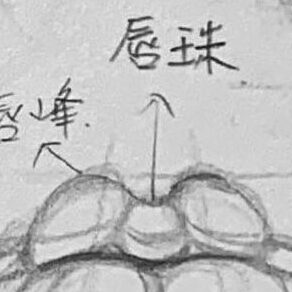
Modiolus
- Location: about 3–5 mm outside the mouth corner, deeper and farther outward.
- Definition: a subcutaneous node where several muscle fibers intersect, located slightly outside the mouth corner.
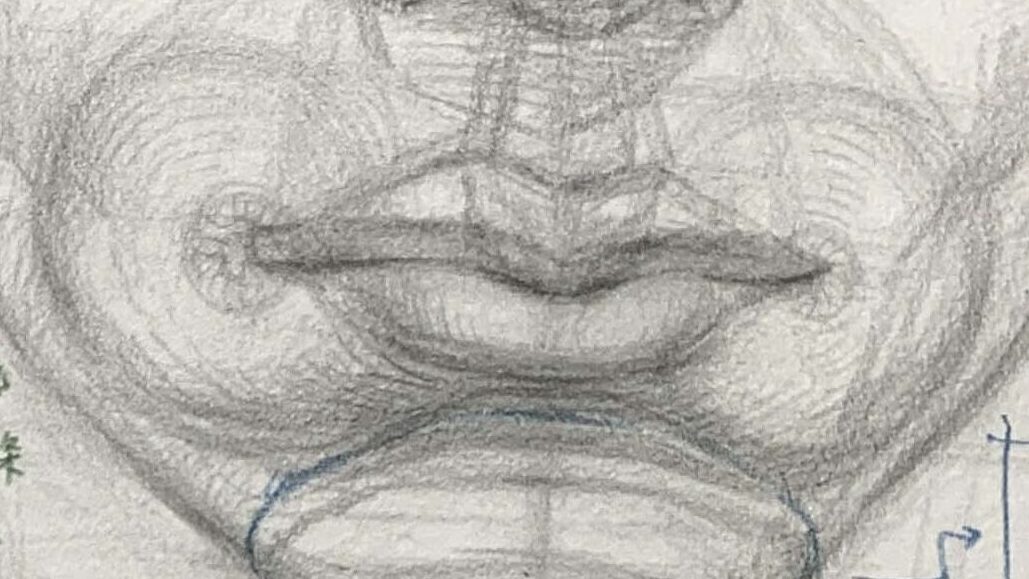
In deeper layers: a hub point where fibers from the orbicularis oris, risorius, levator anguli oris, depressor anguli oris, and buccinator interweave beneath the skin.
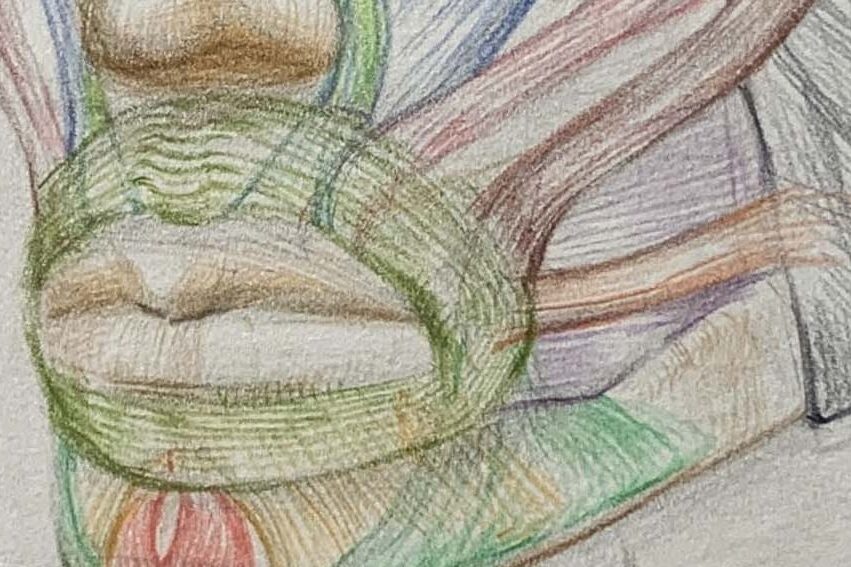
Summary of the difference between the mouth corner and modiolus
- Mouth corner = surface structure (the visible point you see).
- Modiolus = deep muscular intersection (hidden beneath the skin outside the mouth corner).
- They are located close together but not completely overlapping:
- The mouth corner is anterior and visible.
- The modiolus is posterior, beneath the skin.
Labiomental groove
The turning line between the lower lip body and the chin.
The labiomental groove is a natural concave line between the lower lip and chin, formed by tension differences between the orbicularis oris and the mentalis. It separates the mouth from the chin, creating a three-dimensional turn — an important basis for depicting realistic mouth structure in portrait drawing.
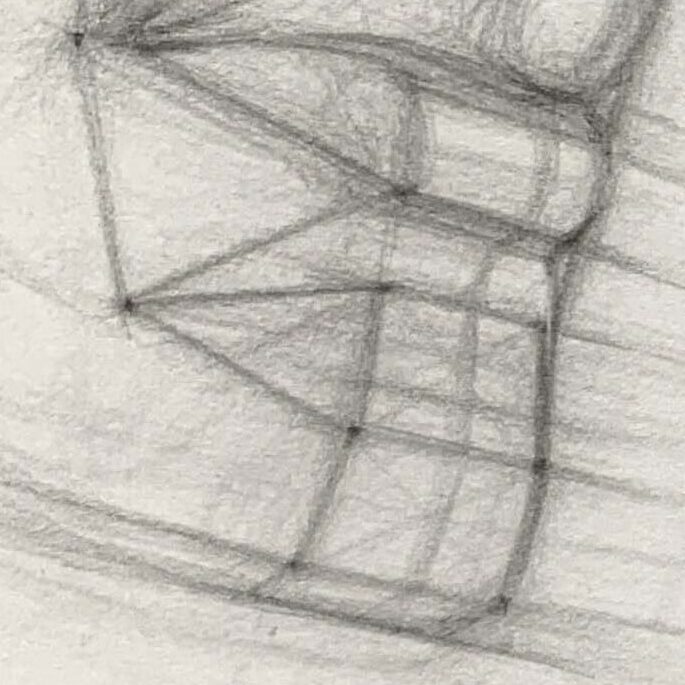
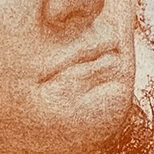
Labiomental groove怎麼形成?
It forms at the intersection of forces from the lower lip and the mentalis.
- The lower lip is mainly moved by the orbicularis oris and the lower incisive portion.
- The chin is dominated by the mentalis (pushing upward). → The two muscle groups meet with opposite tension directions, creating a depression at their junction.
Difference in fat layer thickness
The lower lip area has thicker fat, and the chin area thinner → visually forming a noticeable turn.
- Front view: locate the bottom of the lower lip (the lower lip pad) → then look downward toward the first curved shadow line — that’s the labiomental groove.
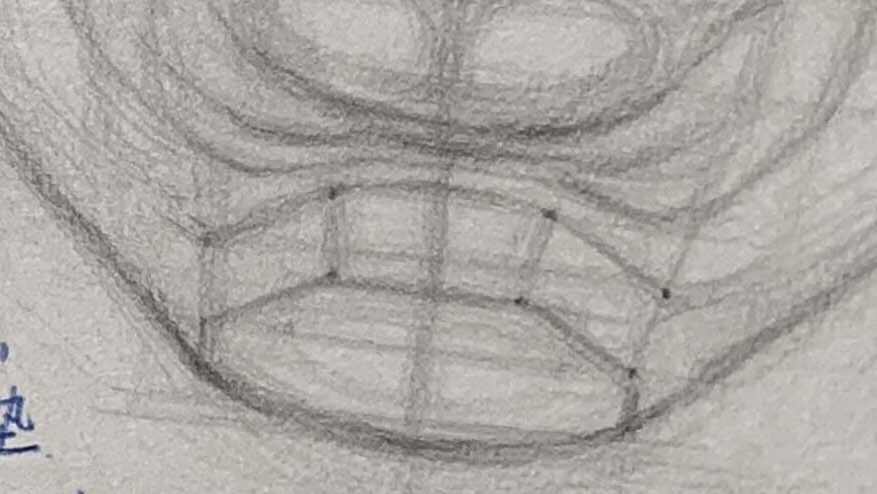
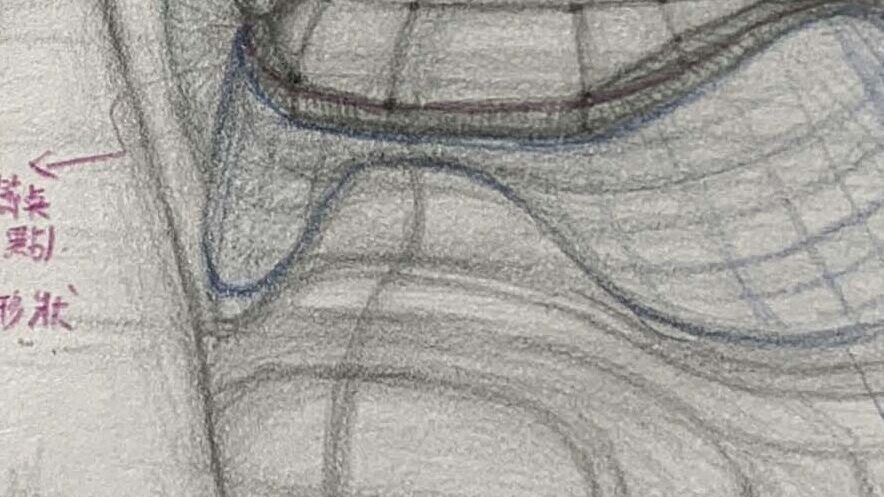
- Side view: after the lips project forward, there’s an area turning back into a depression toward the chin → that turn is the labiomental groove.
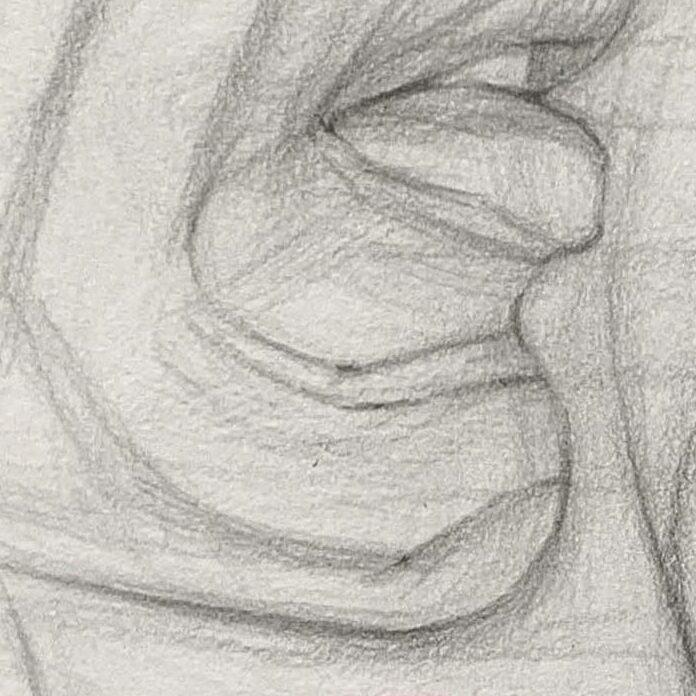
Nasolabial groove
Running from beside the nostril downward to the outer lower corner of the mouth, it’s the main shadow edge defining the outer contour of the upper lip.
From the outer side of the nostril → slanting downward → to the mouth corner.
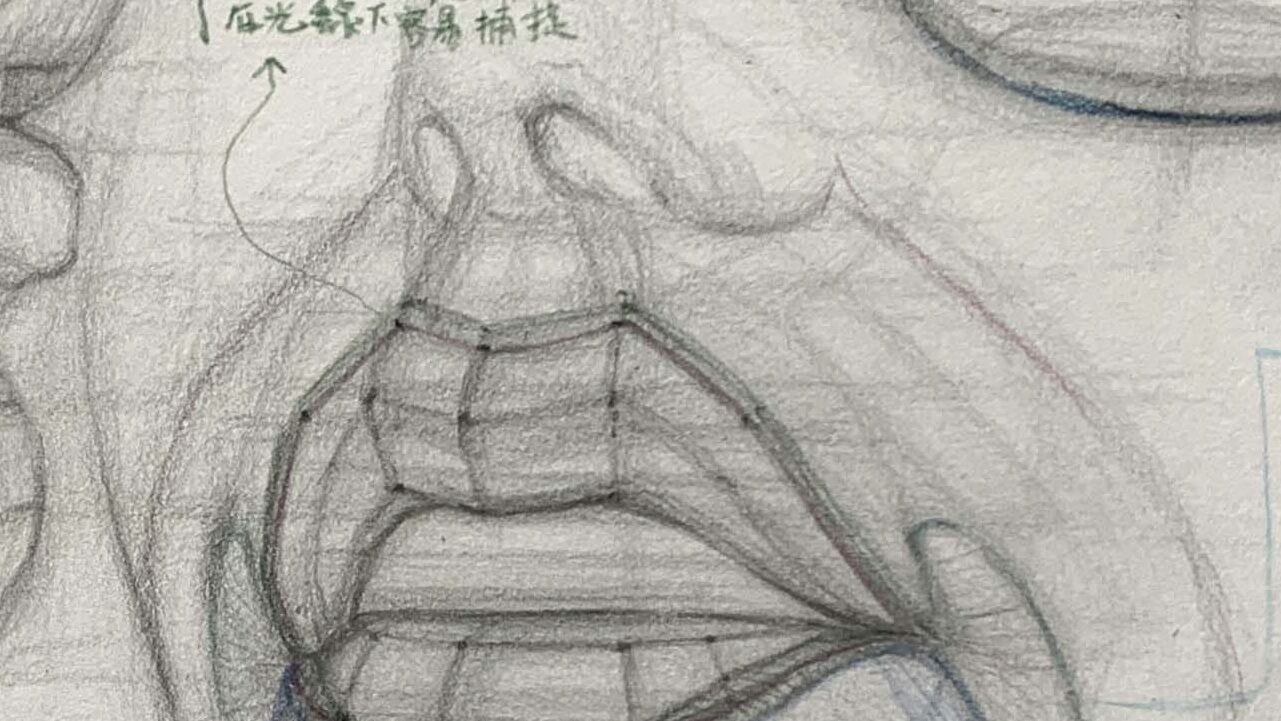
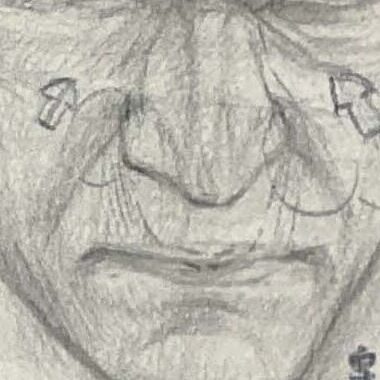
Lower lip pad / buccal fat pad
An important volume source that supports the thickness of the lips.
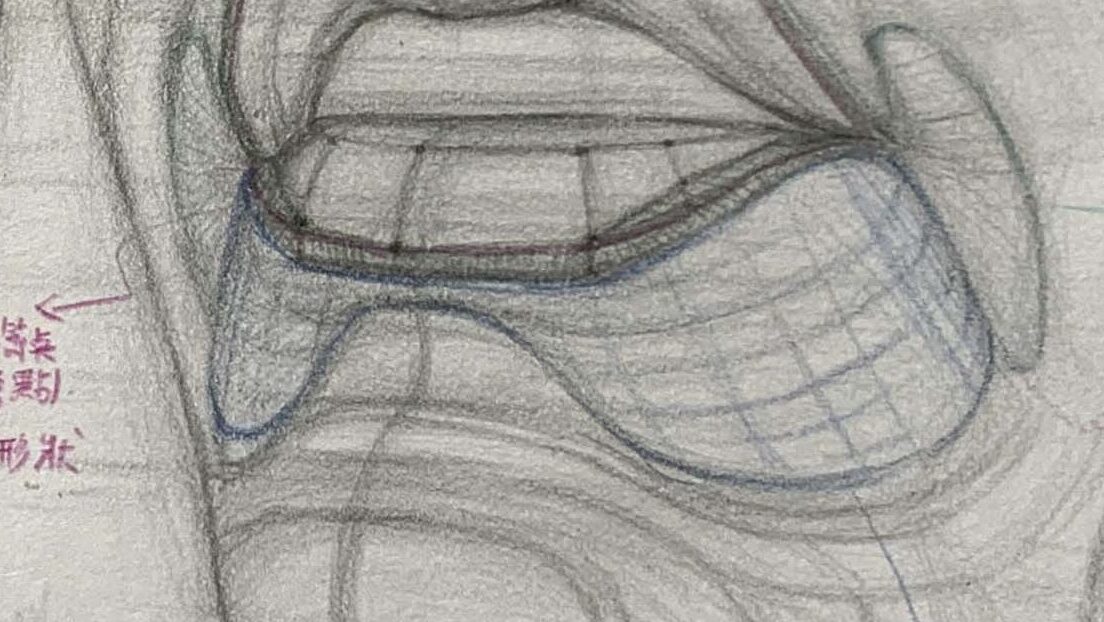
Light and shadow depiction of the lips
We can divide the upper and lower lips into inner and outer layers — the outer layer catches light, while the inner layer turns into shadow; the boundary between them can be referenced in the small diagram, a line that follows the lip’s structural curves.
Upper lip
Facing downward → mostly in shadow, only the tubercle and lip mounds catch light.
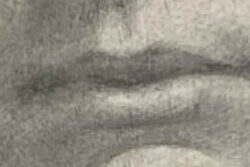
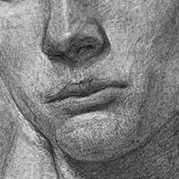
Observing the lips through angled planes helps make the surface turns clearer.
These turns affect the shape and gradation of shadows.
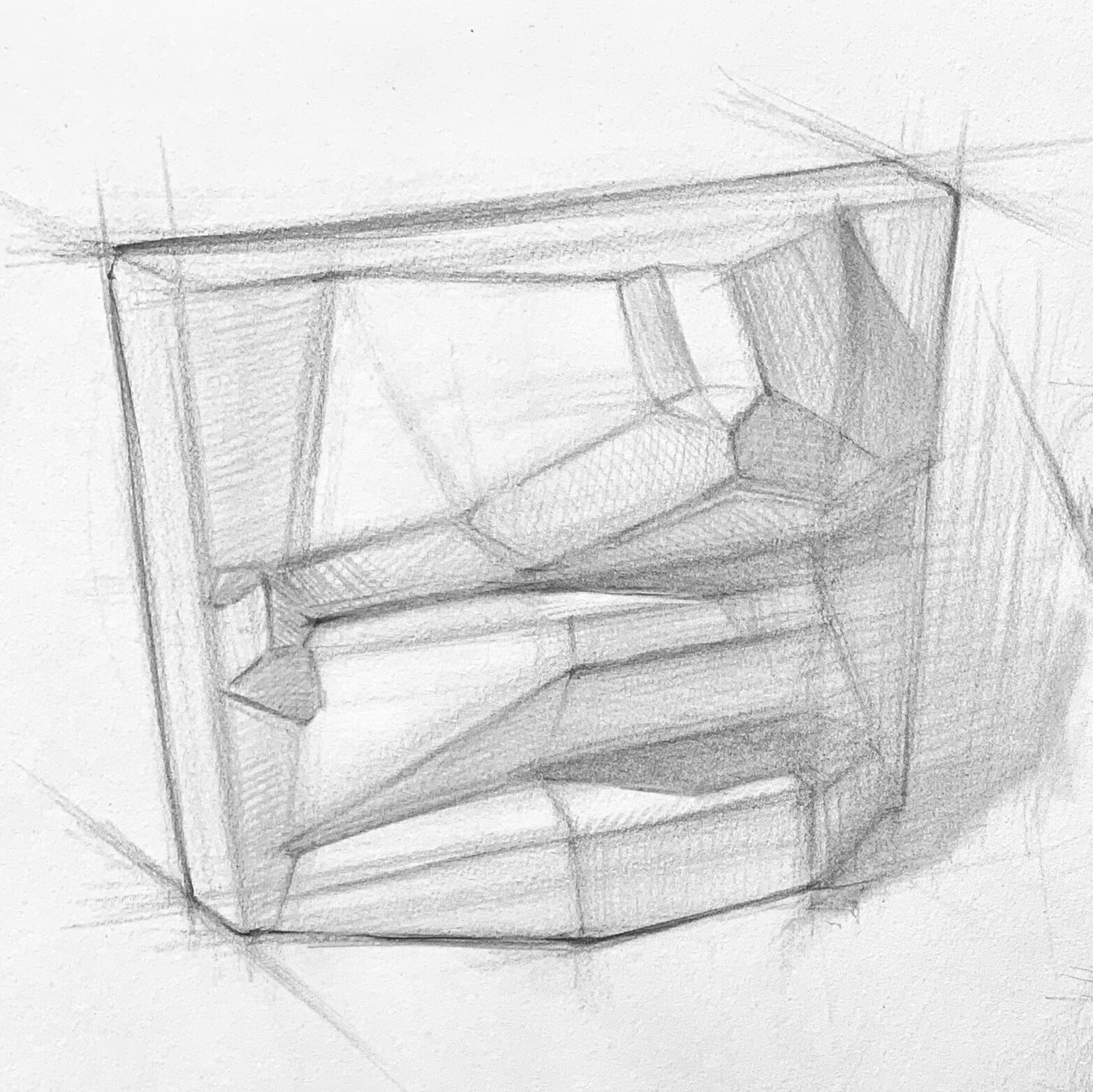
Lower lip::
Facing forward → the center reflects the most light, with a bright band along the lower edge from chin bounce light.


Wet–dry border
The inner–outer border of the lips forms a fine highlight line, showing a moist appearance.
- Definition: the boundary between the inner oral mucosa (wet area) and outer vermilion (dry area).
- Location: the contact line of the inner sides of the upper and lower lips when the mouth is gently closed.
- Function: tissues differ here — the dry area resembles skin, the wet area resembles mucosa.
Mouth corner
Deepest depression, concentrated dark tones.
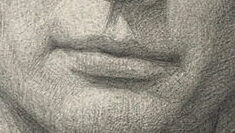
Supramental groove
It is the concave line between the lower lip and chin (the shadow of the lower lip), creating a natural separation between mouth and chin.
Located between the lower lip tubercle (the most prominent point) and the chin’s most protruding point.
Appearance: seen as a soft horizontal depression from the front or side view.
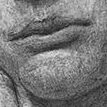
- Most visible when the mouth is closed and relaxed;
- When smiling or speaking, it changes along with the movement of the orbicularis oris and mentalis.

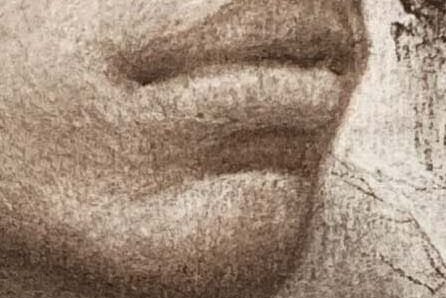
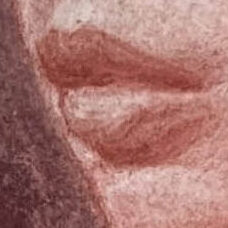
Overall structure around the mouth
- Core muscle: orbicularis oris.
- Peripheral synergistic muscles: levator labii group, depressor labii group, mentalis, zygomaticus, depressor anguli oris, etc.
- Range of action: from the base of the nose to the supramental groove, extending horizontally to both mouth corners.
- Function: responsible for all mouth movements such as opening, closing, smiling, pouting, and speech.
It can be understood as “an oval-shaped muscular ring,” with outer muscles acting like strings pulling a circular rubber band.
To learn more about the detailed undulations and positions of the muscles around the mouth, please see this article: Facial Muscle Key Points
How to draw lips?
1.Simplify the lip shape and determine the proportions
We simplify the tubercle and lip shape into circles and ovals,
Pay attention to their relative sizes, draw the outlines of the upper and lower lips, and ensure the lip centerline aligns.
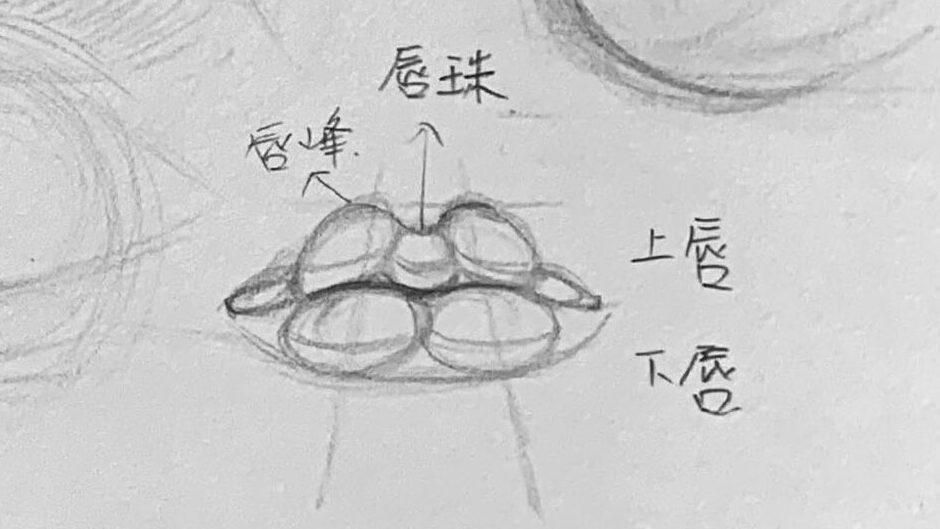
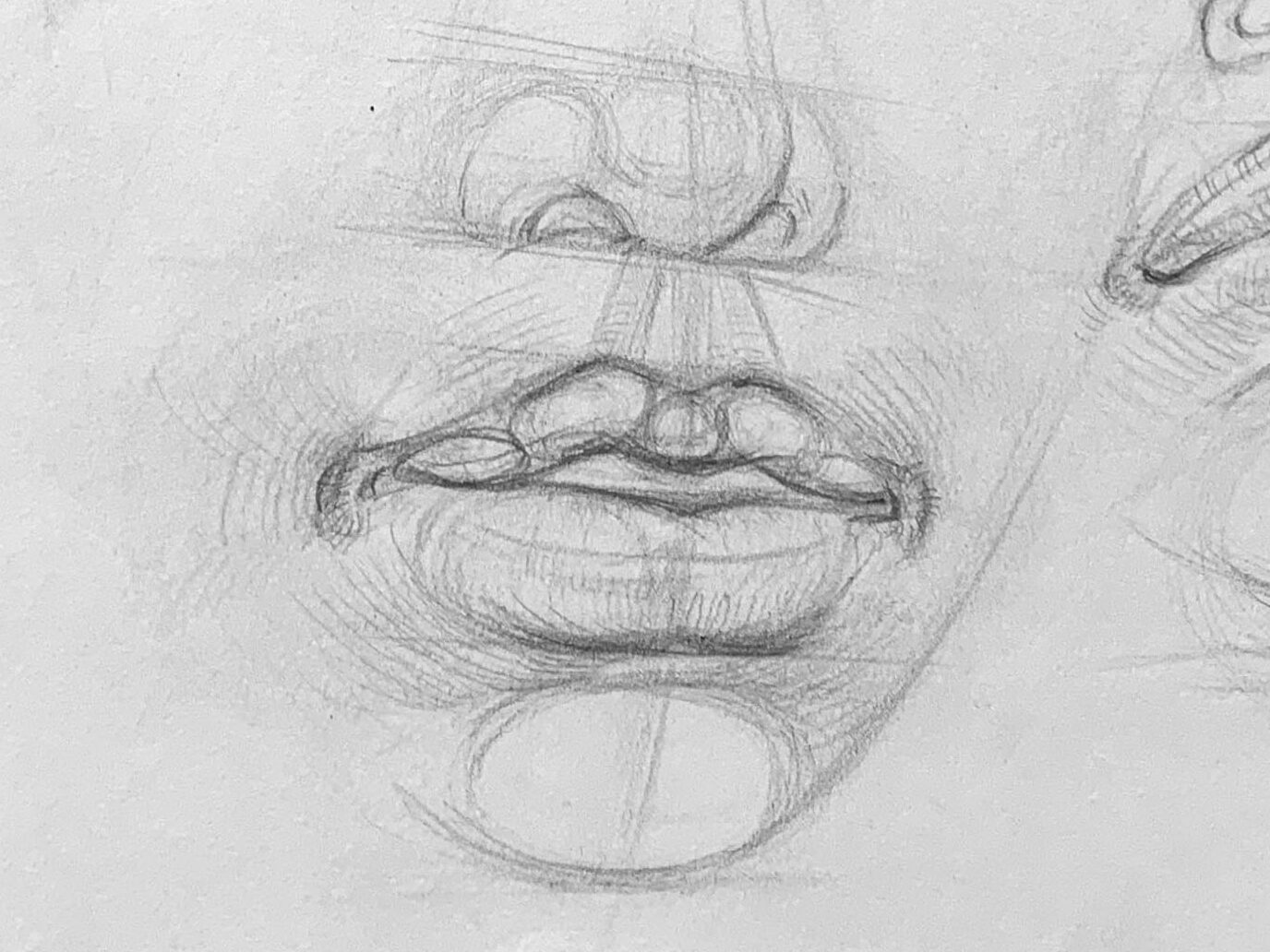
After completing the outer shape, refine the details of the lips' surface and add shading to create a sense of depth.
2.Muscle undulation lines.
After drawing the lips, use gentle lines to express the muscle contours around them.
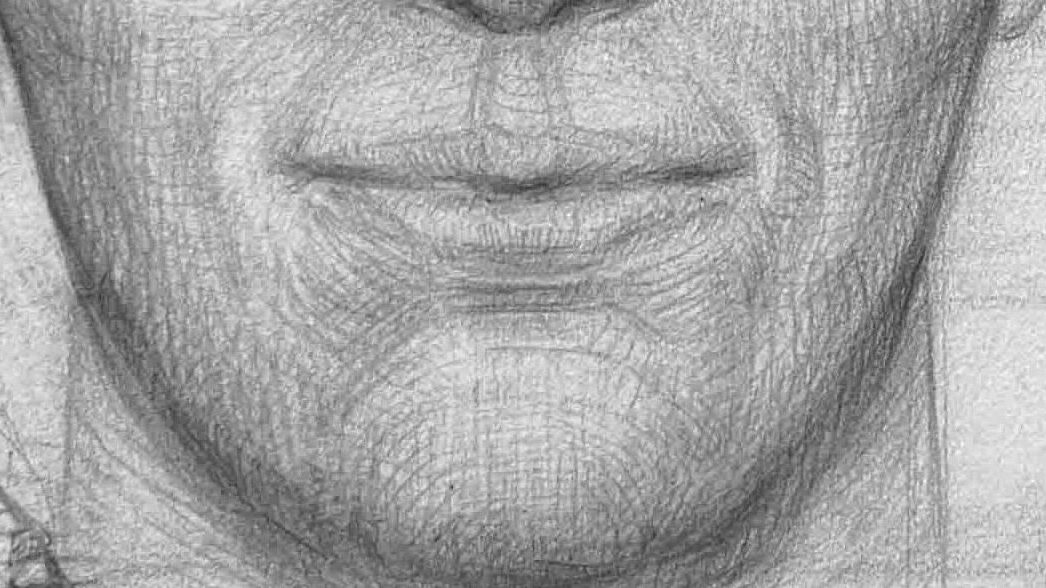
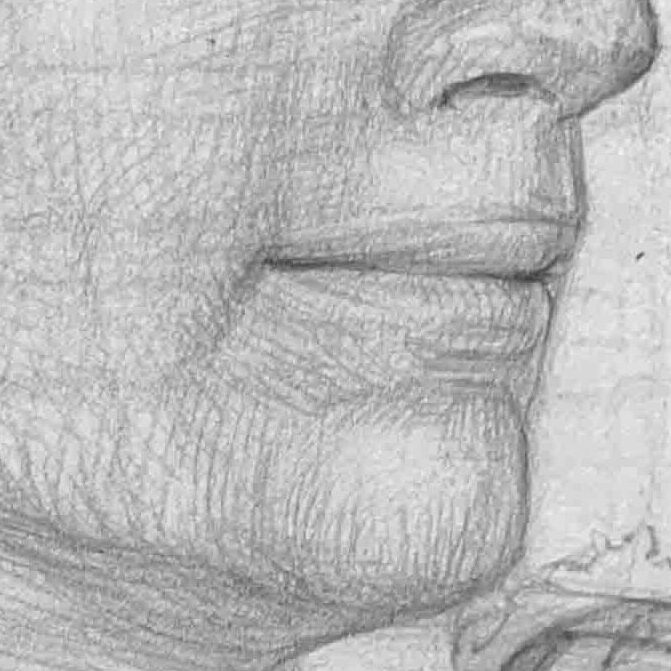
Suggested mouth practice methods
- Block grayscale sketch: separately practice the upper lip, lower lip, philtrum, and chin groove.
- Lighting study: draw the same mouth under three lighting directions — top-down, side light, and bottom-up.
- Dynamic observation: draw three versions — relaxed, smiling, and pouting — to understand how muscles change lip shape.
- Age comparison: youthful lips are fuller and redder, older lips shrink with more vertical lines.
Summary of mouth structure
The mouth is not a simple line but a three-dimensional structure made of “anchor points” and “volumes.”
By understanding the key points — the tubercle, lip mounds, mouth corners, and chin groove — and observing the rhythm of light and shadow, you can draw lips that look natural, full, and expressive.
I hope this structural overview helps you better understand and grasp the key points about drawing lips. If there’s a topic you’d like to explore or drawing techniques you’re curious about, feel free to leave a comment or message me. Happy drawing!
If you're interested in learning to draw but don't know where to start, or if you'd like to understand the knowledge behind drawing,
feel free to join my LINE and contact me. In my classes, I organize drawing methods in a clear and structured way.
Click here to learn more about my drawing courses!
Other Related Portrait Sketching Articles:
How to Draw Arms: Learn Arm Movements and Bone Proportions
How to Draw Ears:Simplified Ear Structure and Shading Tips
How to Use Two-Tone Shading: Simple Shadow Techniques
How to Sketch Facial Muscles: Capture Realism and Expression
How to Accurately Master Hand Proportions and Joint Structure
Mastering Nose sketch Structure and Perspective Techniques
Understanding the Three Key Elements of Head Structure
Building Up from Simple Contours to Detailed Eye Portraits
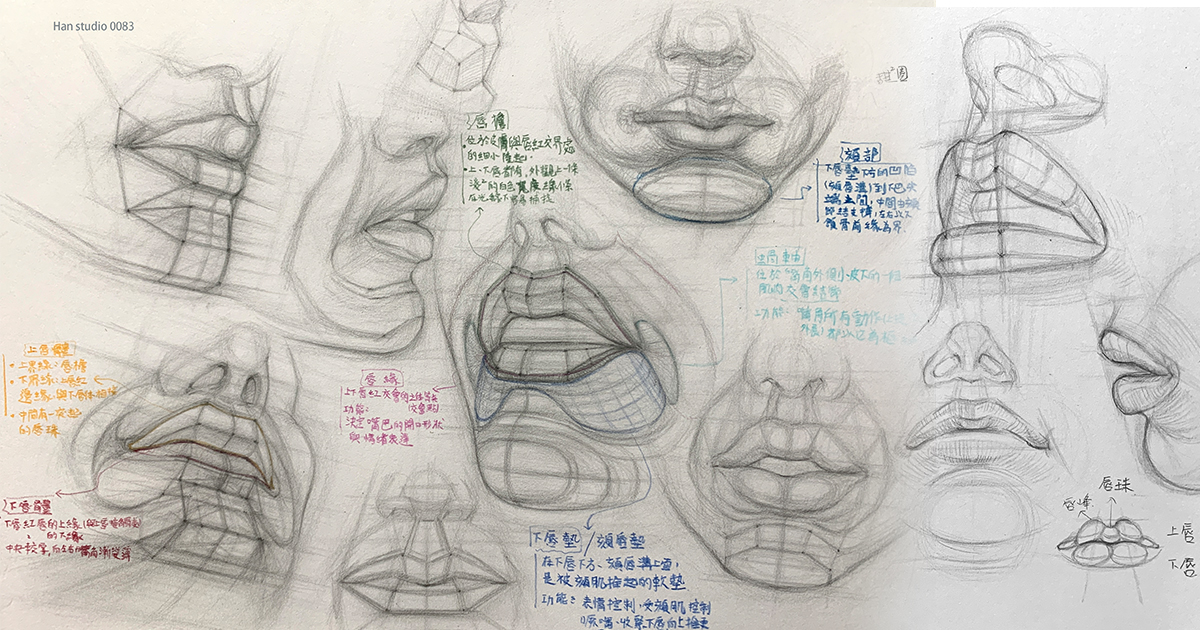
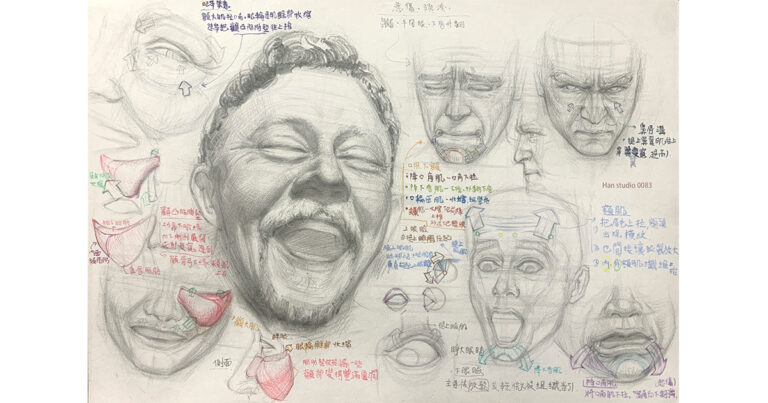
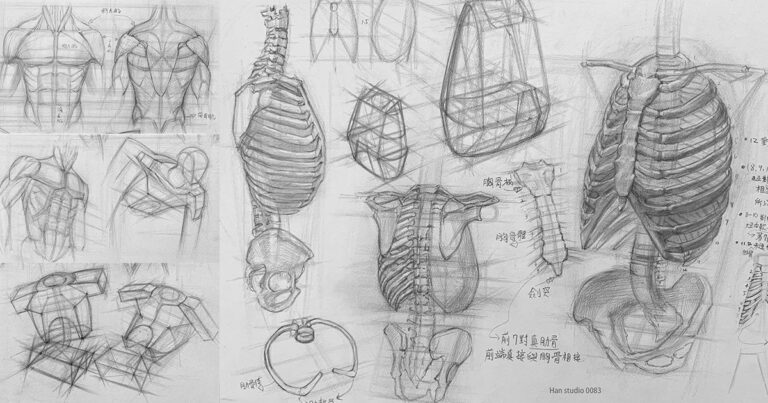
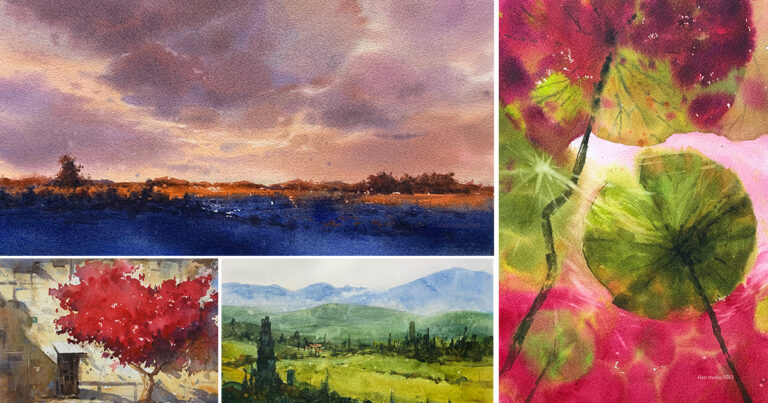
Leave a Reply